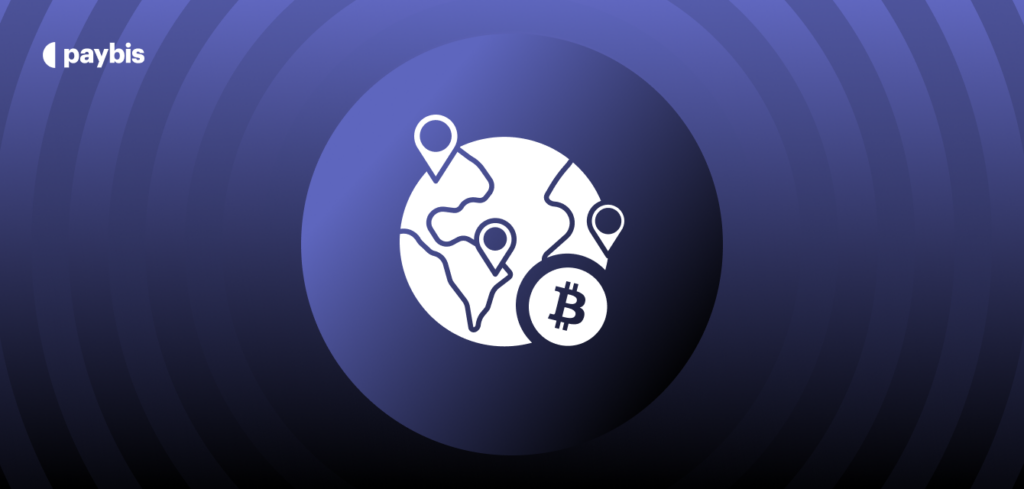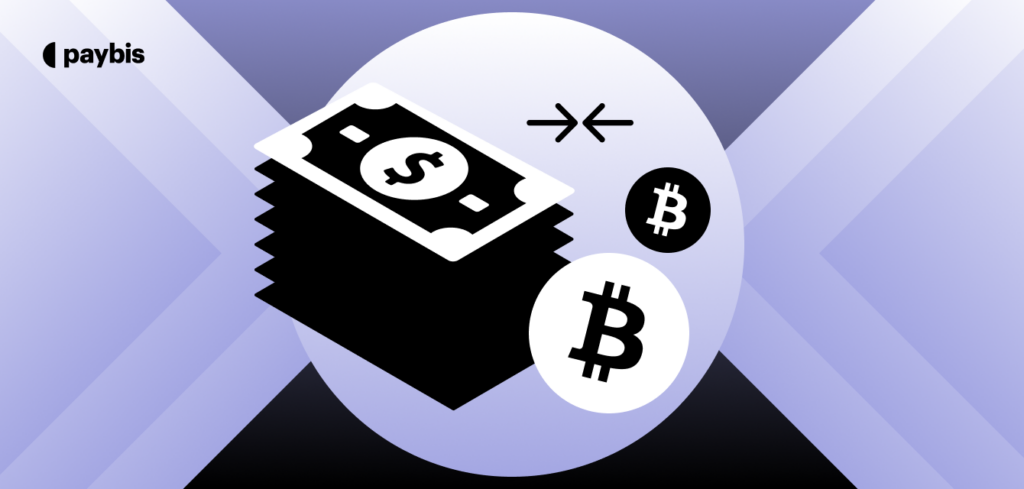Collateral
A collateral is essentially any tangible or quantifiable asset that can be pledged to secure a loan from a lender. These collaterals are used to guarantee that the borrower repays the loan and if they don’t, the lender can use the asset pledged to cover any losses incurred.
A crypto collateral is any blockchain-based asset used to secure loans from a lender. These collaterals can be fungible tokens or non-fungible tokens that are deposited into transparent decentralized applications which enforces the lending agreement for both parties. The value of the asset used as collateral must be greater or equal to the loan taken.
If a borrower defaults on a loan repayment when the duration of the loan expires, the lender can seize the tokens pledged for the loan and can use it to recoup the value that was given out. This happens automatically as it is preprogrammed in the smart contract logic.
In the context of web3, a collateral can also be non-crypto assets used to maintain the value of decentralized finance primitives like stablecoins and Real World Assets (RWA). These categories of assets require collateral for them to work.
Table of contents
Fiat as Stablecoin Collateral
With the help of the United States Dollar deposited as collateral with stablecoin platforms like Tether, a token with the same stability and value as the USD is maintained onchain. This collateral serves as the reserve asset that stabilizes the token.
Real World Assets as Collateral
Real World Assets (RWA) are financial primitives in the physical world that serve as collateral in decentralized finance. Examples of collaterals in the RWA space are precious metals, commodities and real estate.
Loans in Crypto
To get loans using your crypto assets or NFTs is now relatively easy. Borrowers must take note of the Loan-to-Value (LTV) ratio of a lending position. By ensuring that the total value of assets borrowed is significantly less than the value of the collateral, the risk of liquidation is minimal.
Tokens as Collateral
The most common collateral in the blockchain ecosystems are cryptocurrency assets. Users with tokens they are unwilling to sell because of their future value can tender them as collateral to get loans for other endeavors.
NFTs as Collateral
Non-fungible tokens are digitally-owned tokens that represent the ownership of artworks or other digital properties. Many NFT collections are tradeable onchain. The value of these NFTs has created a lending market where holders of NFTs that are valuable can use them as collateral to get loans.
Lending and Borrowing Risks in Crypto
- Margin Calls: If the value of a user’s collateral drops sharply, the loan-to-value ratio of the lending position also drops significantly. This can cause a margin call to be triggered. When this happens, the borrower must add more collateral to raise the value of their collateral or else the position gets liquidated.
- Security Breaches and Hacks: The crypto lending ecosystem is not properly regulated. This means users’ funds are not insured by any standard government agency. With any protocol hack or insolvency, there is a risk of users losing their assets.
Browse the Paybis Glossary to master more web3 lingo!
Alternatively, explore related terms and articles below.
Disclaimer: Don’t invest unless you’re prepared to lose all the money you invest. This is a high‑risk investment and you should not expect to be protected if something goes wrong. Take 2 mins to learn more at: https://go.payb.is/FCA-Info


